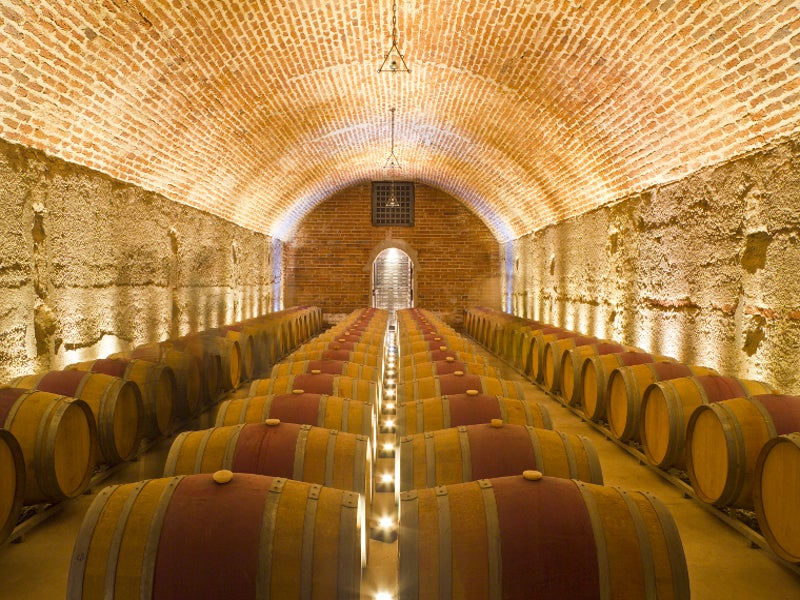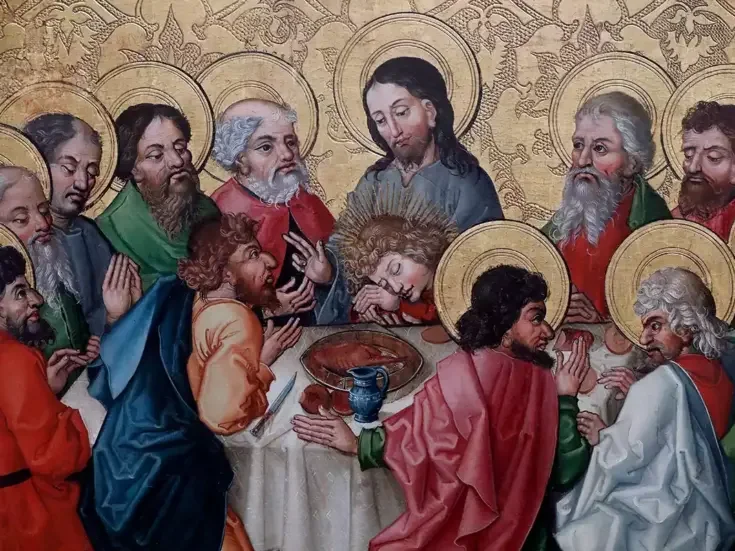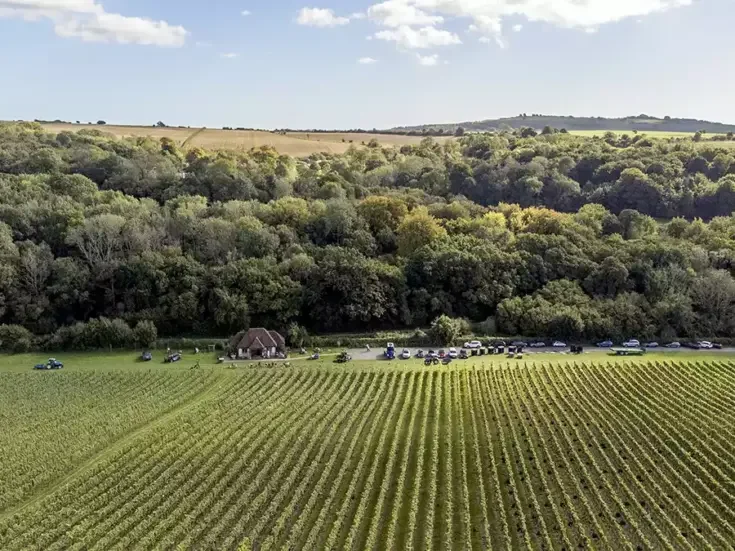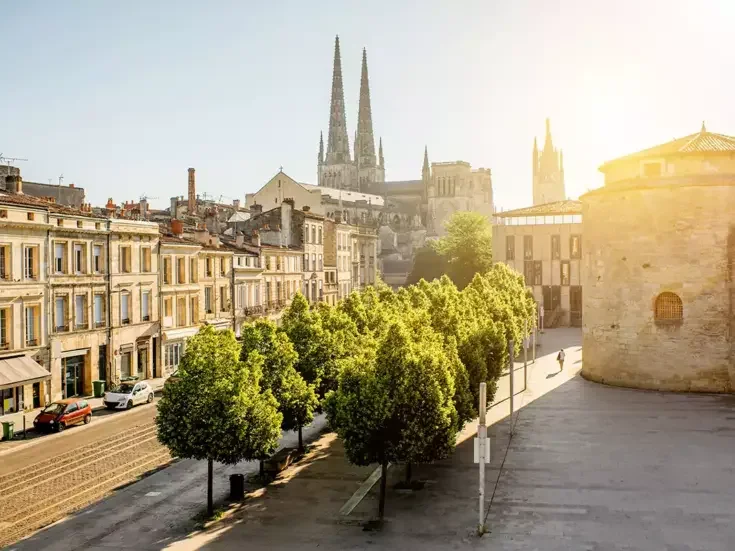
Elevage is one of those French wine terms that, like terroir, people tend not to bother translating. That’s because, although it’s possible to define it, any alternative will seem so convoluted and inelegant that it’s simpler just to use the French word and hope that everyone knows roughly what you mean. But if we must unpick élevage, I suppose the simplest definition is that of the “bringing up” or “raising” of a wine from its raw state immediately post-alcoholic fermentation to the point where it can be bottled. And the reason I’m writing about it is because I have the sense that the skill involved in this process—the art of élevage— is largely neglected, misunderstood, or undervalued.
The Emphasis from Viticulture and Terroir to Élevage
“Wine is made in the vineyard” is the current mantra of wine growers worldwide. True enough. It’s understandable that after the rapidly spreading cult of the winemaker in the 1980s and ’90s there should be a welcome re-emphasis on the importance of viticulture in forging fine wines. But such a pendulum swing risks devaluing the very real skill of those winemakers who are expert éleveurs. Great wines don’t make themselves. While the vineyard determines the latent potential of any particular wine—you can make a bad wine from good grapes, but not a good wine from bad grapes—it is only skilled work in the cellar that will realize that latent potential and see it through to bottle.
I have a prediction: Over the next few years, we’ll begin to see increased focus on the process of élevage. As I travel around various wine regions, I’m already beginning to notice a shift in emphasis among the most forwardthinking wine growers. Yes, they are firmly focused on what goes on in the vineyard. But they are also extremely thoughtful and creative in what they do in the cellar. It is the combination of the two that results in something profound in the glass.
The Art of Blending
There’s another strand to this story. In parallel with the re-emphasis on viticulture, there has been a welcome obsession with terroir, and with it has come the implicit notion that singlevineyard wines are the ultimate, highest level of fine wine, carrying something of a moral premium over blended wines. Here, again, I think we may see a shift in thinking. Part of mastering the art of élevage is skill in blending, or being able to recognize how young wines might begin to act as components in the crafting of a more complete, complex wine. Blending is a vital skill that doesn’t receive as much attention as it deserves. Yes, there’s a lot to be said for allowing a single patch of land to express itself in a wine every year. However, it may be more appropriate for some wine growers to start reflecting on whether blends might not be more complete wines. There may even be an increased role for multiregion blending, and a shift away from monovarietals to multivarietal blends.
Legendary Australian winemaker Maurice O’Shea is a brilliant example of a skilled éleveur. O’Shea was able to recognize greatness in young wines, complete their élevage, and then blend them together to produce something very special. His ability to see in certain barrels what others couldn’t was one of his keys to making wines that are revered to this day and are counted among the greatest that Australia has ever produced.
Vintage Port is another area where the skill of blending is vital to creating great wines. The Douro, with its warmclimate mountain viticulture, offers a wide array of terroirs, interpreted through the lens of many different grape varieties. There are vineyards facing south and vineyards facing north. The Cima Corgo differs in climate from the Douro Superior. Vines close to the river experience a different climate from those higher up. These variations make for an almost bewildering range of possibilities. In the past, the Port companies would travel around and select young wines that would then be graded and blended, a process requiring great skill to produce top results. The bigger houses will now largely buy grapes and make the wines themselves, but blending is still vital. This doesn’t negate the importance of terroir; it is the knowledge of terroir that informs the work of a good blender.
Alternative approaches to wine-making and the role of oxygen
An interesting development is the way in which pioneering winemakers are now exploring vessels other than stainless-steel tanks or small oak barrels. It would be fair to say that fine wine has been in a bit of a small-oak rut. Could it be that, for many wines, small oak isn’t actually the best way? Too many winemakers just whack their finest wines in the most expensive new oak they can get their hands on, without thinking about alternatives. Particularly insidious is the prevalent trend for carrying out malolactic fermentation in barrel. This may result in flattering young wines, but could it be compromising the wine’s definition and ability to age?
Oxygen’s enigmatic role in élevage
There’s something mysterious about the process of wine’s slow development, and wine science has relatively little to say about it. Oxygen clearly plays a role, but the way oxygen interacts with the wine is not clearcut. At one extreme, exposure of wine to too much oxygen merely results in the wine oxidizing. At the other extreme, total exclusion of oxygen will slow down the development process of the wine; more than that, it will alter the pattern of its evolution, so that a different destination will be reached. During alcoholic fermentation, the must requires exposure to oxygen in reasonably large quantities, and it has the ability to soak up large doses fairly quickly. Racking, pumping over, punching down, and other such means of working the cap in red wines are ways of giving the actively dividing yeasts the oxygen they need to thrive. However, once primary fermentation is over, wines need very little oxygen, even though tiny amounts are beneficial. There’s no scientific formula to calculate this amount. Indeed, I don’t think wine scientists can explain exactly why oxygen has the effect it does, other than the effects on tannins discussed last time in this column.
Barrels allow a very slow exposure to small quantities of oxygen, and this is one of the reasons they are favored tools of élevage. Larger barrels will allow a proportionally lower rate of oxygen exposure because of the reduced surface-area-to-volume ratio. New oak will allow a slightly higher rate of oxygen exposure than old. Topping up will affect oxygen levels in the wine. Practices such as bâtonnage will also allow some extra oxygen exposure. What seems clear is that it is the rate of oxygen exposure, and not merely the net quantity of oxygen seen by the wine, that will determine how it develops. It is not a simple matter of the total oxygen absorbed by the wine moving it along a single pathway of development; instead, the wine can take numerous different paths at numerous “nodes,” resulting in different destinations for the same amount of oxygen absorbed, depending on the actual rate of exposure. This runs counter to the simplistic notion of each wine having a buffer capacity against oxidation depending on its free sulfur dioxide concentration and phenolic content.
This is illustrated (indirectly) by the attempts of some winemakers to limit the risk of reduction in screwcapped wines by bottling with air in the headspace rather than an inert gas. What happens is that this single slug of oxygen results in some oxidative characters occurring in the wine, without lowering the risk of reduction. In contrast, wines seem to be able to cope better than you’d expect with very low levels of oxygen exposure over long periods. Take the example of very old wines, aged in cool cellars. Their free sulfur dioxide levels must be close to zero after a decade or two, but the wines don’t simply oxidize with the continued low-level oxygen transmission that occurs through the cork. (Clearly, some old wines do oxidize and take on a rather anonymous “old wine” character, having lost any sense of regional or varietal origin. But the best wines, well stored and with good corks, don’t.)
So, while oxygen is clearly playing some role in the long aging of fine wine, it isn’t simply a question of oxidation of the wine components. Something more complex is happening. Here’s another anecdotal data point: It seems that magnums tend to age optimally, suggesting that the rate of oxygen transmission, which will presumably be the same as with a cork in the neck of a standard bottle, is just about right when it is delivered to twice the volume of wine in a standard bottle. This is relevant to the practice of microoxygenation, which is an élevage technique that has been widely adopted over the past couple of decades.
The theory is that small amounts of oxygen, delivered through a diffuser at the bottom of a tank, replicate the slow exposure to oxygen experienced by a wine in barrel. But the quantities of oxygen delivered in this way are far greater than those a wine will be exposed to in barrel, in that they are bubbles of gas, even if the total dose per volume of wine is calculated to be the same. While science doesn’t yet offer an explanation, the rate of exposure may change the reactions that take place. If microoxygenation plus the use of suitably weathered, high-quality oak staves in tank could replicate the work of barrels, then they would be widely used for fine wines; the fact that they aren’t, and that horrendously expensive barrels are still used instead, is good circumstantial evidence that the rate of oxygen exposure matters a good deal. If wineries could rush élevage, they would do so, and for very good commercial reasons.
Length of élevage may also be an important factor in producing more serious wines. As an example, J-P Fichet in Meursault makes some stunning wines, almost all of which are from village-level vineyards, and they age beautifully. These wines spend a full 18 months in barrel. Is this significant? It could be. Here’s another odd observation. Mac Forbes is one of Australia’s most interesting young winemakers. While in Europe, Mac spent some time with Dirk Niepoort, trying to get a sense of elegance with Douro fruit. Niepoort’s Charme was the inspiration for Mac’s EBL Pinot Noir, with its ultra-short maceration of just a few days. “It stayed orange for two years, and I was expecting to put it down the drain,” he reports. But the wine picked up color during its élevage. “It goes against what we think we know,” Mac adds. “Anyone who thinks they know all the answers is a long way from making interesting wine.”
Size of oak matters, too. At least among some wine growers there seems to be a move away from small barrels to larger ones. In Italy, traditional winemaking has involved lengthy periods in large botti. Is there a wisdom here that is disregarded in the rush to small new oak?
Fine Wines and Élevage
Proper élevage is an irrelevance to those who champion the modern international style of red wines. For them, wine is about masses of sweetfruit character, bolstered by the spicy imprint of new oak barrels. But fine wine is not about just sweet fruit. There’s nothing wrong with sweet fruit, but I’d argue that concentrated, sweetly fruited, spicily oaked red wines are not legitimate expressions of fine wine. They are not morally wrong; it is just that they are not that interesting, and there’s not much to be said about them beyond that immediate hedonic rush the sweet fruit gives. What proper élevage delivers is non-fruit complexity, setting the wine up for a graceful development in bottle.
Beyond Oak: Amphorae and Concrete Tanks
“Surely there is more to winemaking than stainless steel and oak,” says Duncan Savage of Cape Point Vineyards in South Africa. Duncan, one of South Africa’s most inspiring young winemakers, has recently become interested in using clay amphorae as tools for élevage. He didn’t want to import them, so he contacted a local potter, Yogi de Beer, who is now throwing 600-liter pots for Duncan. Duncan describes this experimentation as a “cool journey.” The first pots he tried were 120 liters (the potter he used had only a small kiln). When Duncan poured wine in, they leaked like sieves (they were earthenware and had only been fired at low temperatures). The ones he’s using now are stoneware clay made with high firing temperatures. They aren’t lined. Duncan currently has capacity for just 3,000 liters of wine in amphora. He’s trying reds and has done a long maceration of Grenache that has been allowed three months on skins.
Duncan Savage is following in the footsteps of the likes of Josko Gravner from Friuli, and Frank Cornelissen and Cos from Sicily, all of whom use amphorae in the raising of some of their wines. They find that Georgia is the only country left with skilled craftsmen who can make amphorae large enough; clearly, this is not a practical option for all wineries, however successful the big pots turn out to be as tools for élevage. Another new development has been the emergence of the concrete “egg” tanks made by Nomblot in France. These are appearing in cellars all around the world. I’ve seen them in places as far apart as Oregon and South Africa, for example. Are these merely affectations by biodynamically influenced wine growers, or do they have a significant effect? Aside from metaphysical explanations of their efficacy, I’ve heard it suggested that their shape helps keep yeasts in suspension, removing the need for oxygenintroducing bâtonnage.
The Final Stage: Post-Bottling Evolution
When a wine is bottled, the final stage of élevage begins. This is where the issue of closure is so important, because wine is not locked in time but continues to change. Mystery surrounds the nature of this evolution, but at least, with the onset of alternative closures to natural cork, some data are beginning to emerge about the role of oxygen transmission post-bottling on wine evolution. For fine wine, this bottle development is critical; empirical evidence suggests that a bottle, sealed with a decent cork (sadly not a variable that can be controlled) and placed in a cool, dark cellar, achieves the optimum outcome. In some ways, it’s nice that wine isn’t all about science and that there’s still a lot of room left for art. And the art of élevage is one of the mysterious keys to making profound, rather than merely impressive, wines.







